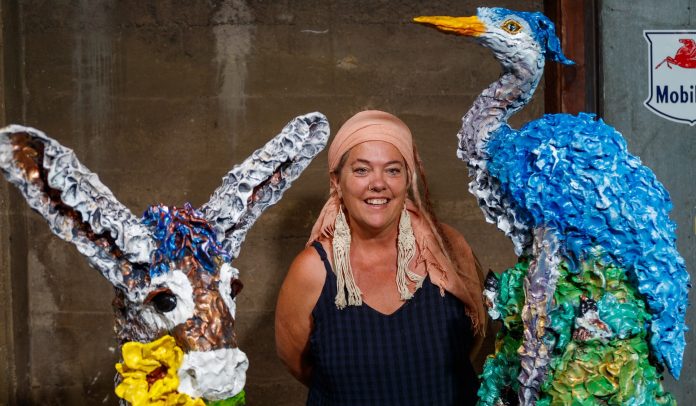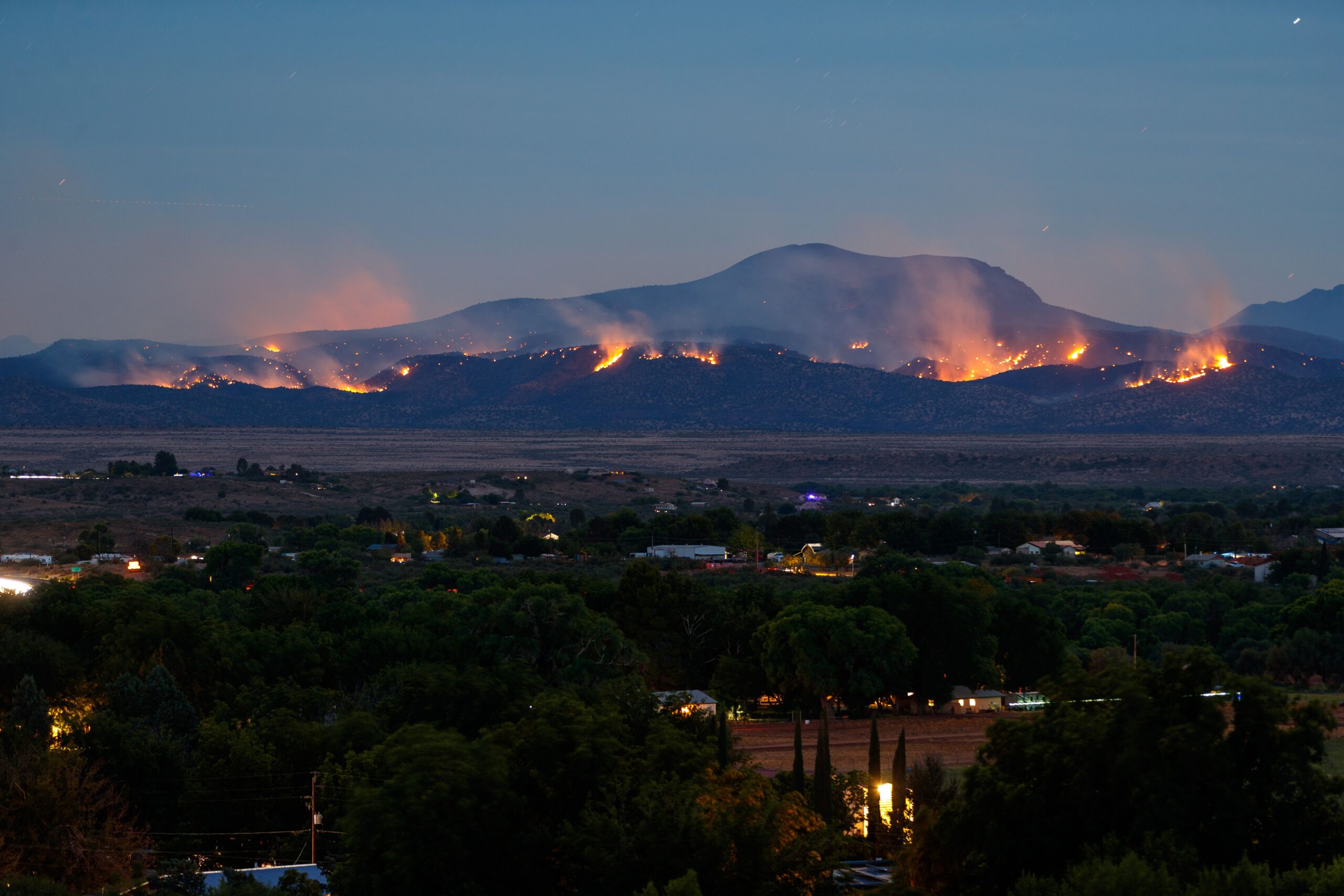Janie Anderson has been making and selling art in Jerome for almost 25 years. She sculpts some- what abstract creations of animals out of clay, which she sells mostly to the tourists who come through the Verde Valley. Anderson sees the widespread travelers who come through her area as an opportunity. Her work has been able to travel all over the world.
“I wanted to be in a town where we have travelers that I could meet from all destinations, that could take my work home, so that it could spread its life in other places,” Anderson said. “That’s always been an inspiration.”
With the COVID-19 crisis cutting tourism to the area during what is normally peak season, Anderson said that her business has all but dried up.
Without an online store, she had no way to sell her pieces. She quickly worried about falling behind on rent and even being able to have enough to spend on groceries. When nonessential workers were forced to stay home, she found herself questioning the life she had chosen for herself.
“Artists have always had to fight to be essential and I’ve always believed I was, and I believed art is,” Anderson said. “But for the first time I had to question it myself. Am I essential? They’re saying [art’s] not. All of a sudden everything is stripped away. You’re living in a world where there’s no art that anybody is supposed to look at or touch. Everything is just basic. So I had this moment for a while of feeling useless. I’m not bringing money into my family. I’m not providing. Have I been doing the wrong thing?”
In her moment of despair, Anderson applied for an emergency relief grant from the Arizona Commission of the Arts, not expecting that she would get anything. But Anderson ended up becoming one of the 235 artists in Arizona — nine in the Verde Valley — who received a total of $171,830 in grants to allow them to keep creating their works during the crisis.
“These are Arizonans whose work is centered in innovation, who preserve cherished cultural traditions, who lead curriculum- supportive arts residencies in schools and a thou- sand other things,” Jaime Dempsey, executive director for the Arizona Commission on the Arts, said of the program. “Grants of this size won’t cover the full scope of their lost income, but we hope the funds provide some small measure of relief, because artists’ skills are important to all of us. In calm and in crisis, creative workers are critical contributors to our civic and economic life, to lifelong learning and community wellbeing.”
For Anderson, receiving the grant went well beyond the value of the money itself. It gave her a reminder of the value of her work, both to herself and to her community.
“I got this grant, and attached to the letter was [a message], ’Don’t give up,’” Anderson said. “Not only was this grant a huge encouragement to me in a river of non-encouragement, it was huge. It was not that much money, but it was huge to me that someone understands, that a group of people was saying, ‘Don’t give up. We appreciate art. We appreciate you.’ It had an impact on me.”
“We received 520 applications in the first eight hours the application was live. In the days since, an additional 500 individuals signed up to be notified in the event the fund reopens,” Dempsey said. “This group of Arizonans documented a minimum of $1.5 million in canceled contracts from March to June alone. The true income loss is likely five to 10 times greater, given the fact that applicants were only asked to substantiate immediate lost income up to $1,500. The job loss is simply staggering.”
In the wake of getting the grant, Anderson said that she has been inspired to make art again and has even been able to create some of her best work. She made a life-sized great blue heron — her biggest piece to date — based on a bird she saw while walking around the Old High School in Jerome, where her studio is based. Other birds surround the subject, but in a sign of the times, Anderson made them social distancing as well — imagining a world where animals live like humans do now.
“What creates more productivity is the world being quieter, because there’s less people out,” Anderson said. “Everything is quieter in every way and that’s going to create more thoughts and processes going on. The need [is] growing more and more to be making art because you feel all of a sudden there is less art you just see around you. The more they try to press essentialness, the more you the need to press against it. So I’ve been definitely more inspired for sure.”



